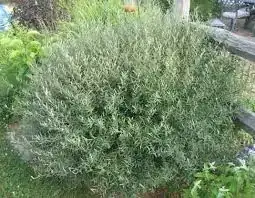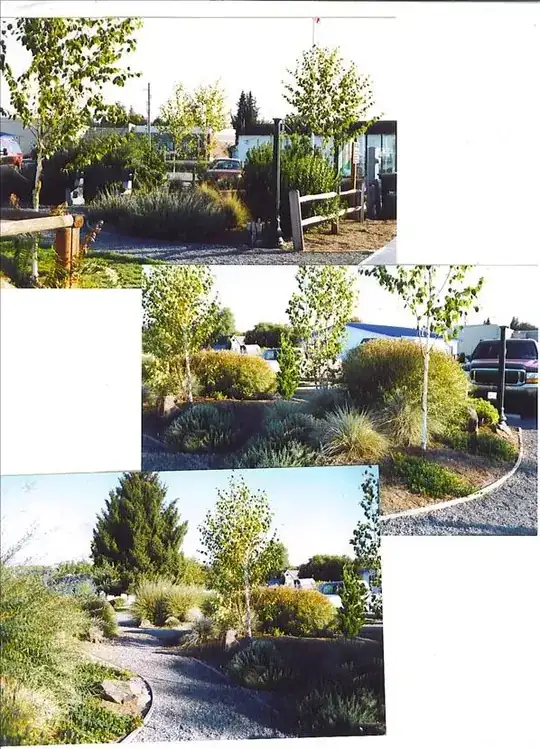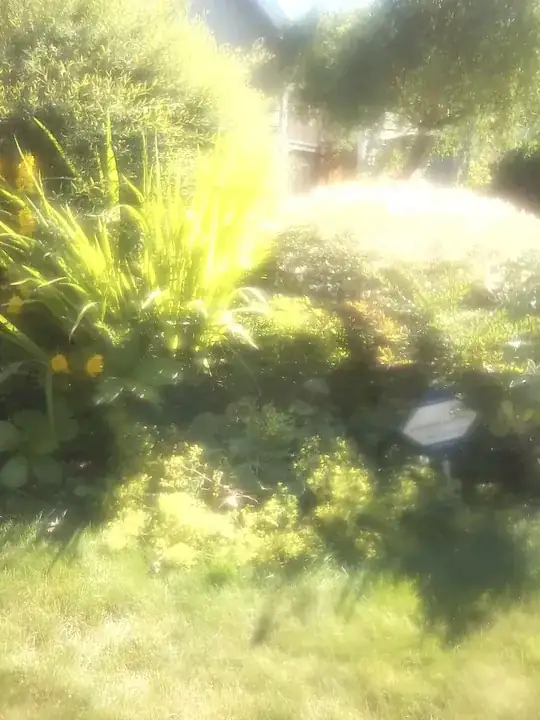What the heck zoning are you living in? Residential, farming, forestry, commercial? Those flies are enormously not cool for your neighbor to be propagating! He needs a better hygienic program for sure such as always cleaning out the poop! I am glad you are asking us. We need to know your zone of climate, your covenants if any for your area of the city or zoning of your country. Scottish Borders might be a lot looser in rules and laws and regs than here in the states where the zoning and rules are almost too restrictive. I live on RR10 which means rural residential 10 acre plots minimum. Allows horses, Vicuna, chickens, goats but there is enough room to not cause problems for neighbors. Absolutely no commercial is allowed. No raising pigs to sell for meat. No raising chickens for sale for meat, no eggs for sale but everyone does it.
I own horses and flies are a major problem. A horse person neighbor two lots down has been using predatory flies for years. I used to spray my horse and dog dung with Permectrin II and realized I was killing the flies she'd released. So I got smart and got predatory flies, stopped spraying, too.
What animals are you worried about poisoning when you do a hedge? My recommendation is a soft hedge of Blue Arctic Willow; Salix purpurea 'Nana'. Fine textured, 1" by 1/4 inch blueish leaves, they are bright green in the spring then become a blue/gray color shrub. Blows in the wind like grasses. The stems are fine and flexible and in the winter shine a dark copper. I love this shrub. It will grow to 30 feet high and as wide with a trunk 18" in diameter. Easily maintained by shearing once or twice per year. Actually an enjoyable shrub to prune! Because of the fine texture of this dense shrub, this plant will absorb noise, smells and flies better than any other soft, hedge material.
Soft hedges as Bamboo describes are planted in two rows off set; one forward then 2 or 3 feet over and back another plant then another plant 2 or 3 feet forward and away from the second. Planting on the points of an equilateral triangle for more 'formal' or varying the pattern to include isosceles triangles for more au natural, soft hedge. Each shrub is meant to be pruned as a a rounded, upside down salad bowl. Undulates so to speak as a hedge. This Blue Arctic Shrub will not need any pruning if you allow it to take off to be 20+ feet high and wide. The spacing will be different depending on what you want, need and how much room you have. One of the best shrubs for 'foundation' or skeleton planting in a landscape and brutally hardy, no problems with disease or insects I have ever seen.




Seriously go order predatory flies! You sprinkle them around YOUR yard. Perhaps you could make a gift to your neighbor. I used to use Permectrin to spray my dung but that kills bees, predator flies (from my neighbor) and birds eat the insects that die from this very 'Organic' pesticide. Yet very gnarly. Made from daisies. Predator flies have been doing an even better job without adding toxic chemistry to sicken and kill birds, squirrels, rabbits and MY horses!
I use this stuff on their coats for fly protectant, lightly. Rarely. These fly predators work so very well and they breed and then they die in the winter. I can't imagine living next to a pig farm. Hey, I love pigs. They are one of the smartest animals in the same boat with whales, dolphin, African Grey Parrots and chimpanzees. They make incredible pets and can also be house trained. Their poop needs to be taken care of far better!
One more note; never use those fly zapping thingys. Those lights attract insects from as far away as 5 miles. Flies have zillions of viruses in their bodies and people put these zappers right above their picnic table? Give a neighbor a gift of a fly zapper. A neighbor you do not like at all. Grins!
Finally found the fly predators my neighborhood has been using and I am hands down impressed!
spalding fly predators for farms



